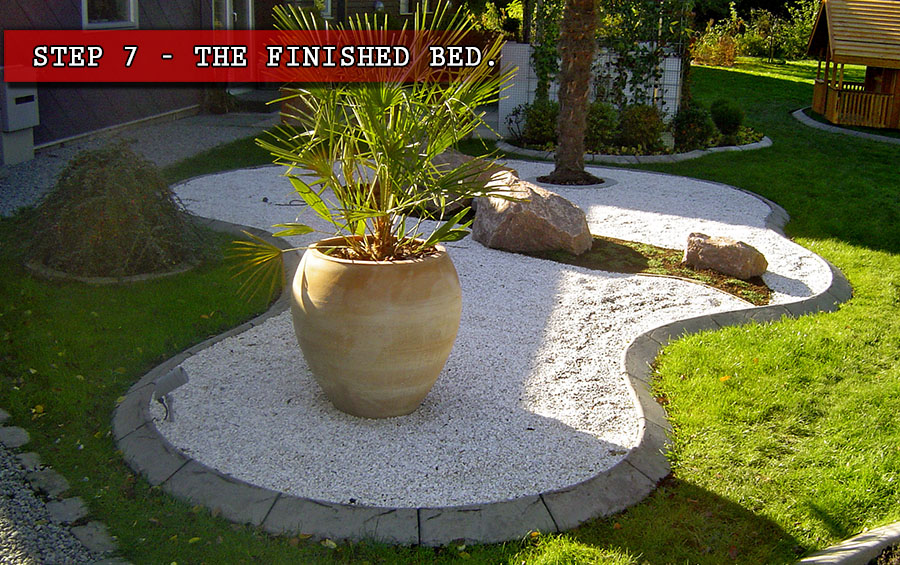Scandicurb
Process
You can see here the entire Kerbing process – How we make our kerbs and molds – step by step.
The last thing we do to your new concrete edge/tile is cut control joints in the concrete. The joint will make the edge look like the edge is set down individually.
With the joint, we ensure that the concrete cracks where we want it to. We cut the edge ½ through, making the weak link in the edge. When the ground moves it will be the last ½ of the edge that cracks. It always cracks in a zigzag and will then act as a joint/hinge. Then each joint will move with the movement of the soil, however they cannot shift nor can grass grow between the joints.








